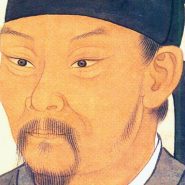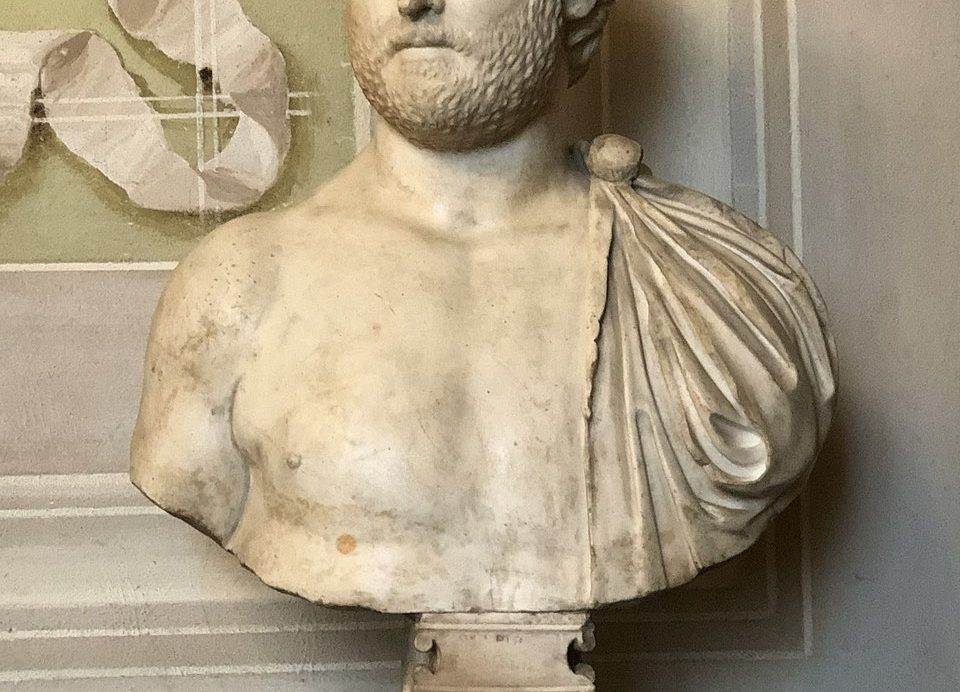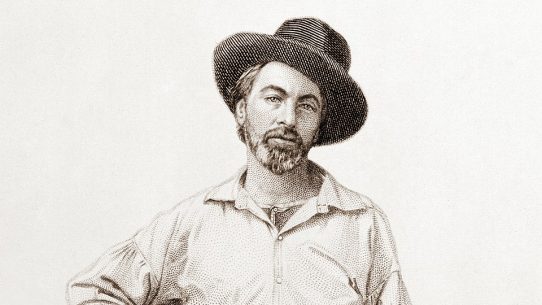Ovid (43 BCE–17 CE) was one of ancient Rome’s greatest poets and among the most influential writers in Western literature.
A master of elegance, wit, and psychological insight, he transformed myth and emotion into art of dazzling sophistication. His Metamorphoses — a sweeping epic of transformation — became a cornerstone of European imagination, shaping Renaissance art, medieval allegory, and modern storytelling alike.
Early Life and Education
Publius Ovidius Naso was born on March 20, 43 BCE, in Sulmo (modern Sulmona, Italy), into a wealthy equestrian family. Educated in Rome under renowned teachers of rhetoric, Ovid was expected to pursue a political career, as was customary for men of his class. Yet his temperament leaned toward poetry rather than public life. After brief service in minor judicial posts, he devoted himself entirely to literature, embracing the artistic freedom and sophistication of Augustan Rome.
Ovid’s early education immersed him in both Greek and Latin classics, sharpening the wit and refinement that would later define his style. His generation followed Virgil and Horace, but Ovid’s tone — playful, ironic, and urbane — set him apart from their moral and patriotic gravity.
Literary Career and Major Works
Ovid’s literary career flourished during the Golden Age of Latin poetry under Emperor Augustus. His earliest works, the Amores (Loves, c. 20 BCE), presented witty and polished love elegies exploring desire and flirtation. These were followed by Heroides, a collection of imagined letters written by mythological heroines to their absent lovers, showcasing his psychological depth and empathy for women’s voices.
His Ars Amatoria (The Art of Love, c. 2 BCE) — a humorous handbook on romance and seduction — delighted Roman readers but scandalized Augustus, who sought to restore traditional morals. The emperor’s disapproval would later contribute to Ovid’s downfall.
Around the same period, Ovid began his magnum opus, the Metamorphoses, a 15-book epic recounting over 250 myths of transformation, from the creation of the world to the deification of Julius Caesar. Written in majestic hexameter, it reimagined ancient mythology with lyrical grace and narrative unity. The poem’s fluid movement between gods and mortals, passion and punishment, gave form to the eternal human condition: change.
Style, Themes, and Influence
Ovid’s poetry is marked by irony, sensuality, and imaginative metamorphosis. His language is polished and musical, blending humor with pathos and myth with psychological realism. In the Metamorphoses, he turns classical myths into mirrors of human emotion — desire, jealousy, grief, and transformation — revealing the divine as a reflection of human nature.
Recurring themes in his works include love as both pleasure and peril, art as a means of immortality, and transformation as the essence of existence. Ovid’s refusal to moralize set him apart from contemporaries like Virgil; instead, he celebrated emotion, wit, and ambiguity.
His influence is vast and enduring. Medieval and Renaissance writers — Chaucer, Dante, and Shakespeare among them — drew heavily from his myths and metaphors. Painters like Titian and Rubens found inspiration in his vivid imagery, while his vision of transformation continues to shape modern literature, from Kafka to contemporary reinterpretations of myth.
Later Life and Legacy
In 8 CE, at the height of his fame, Ovid was suddenly exiled by Emperor Augustus to Tomis (modern Constanța, Romania), on the remote Black Sea. The reasons remain uncertain — Ovid himself described it enigmatically as carmen et error (“a poem and a mistake”). Scholars believe his Ars Amatoria may have offended imperial morality, or that he was involved, knowingly or not, in a scandal within the emperor’s family.
In exile, Ovid continued to write, producing Tristia (Sorrows) and Epistulae ex Ponto (Letters from the Black Sea), which mourn his banishment and plead for clemency. These later works reveal a new tone of melancholy and introspection, showing the poet stripped of irony but not of artistry.
Ovid died in Tomis around 17 CE, never to return to Rome. Yet his legacy only grew. By the Middle Ages, his Metamorphoses had become the principal source of classical mythology for Europe, influencing poetry, painting, and philosophy for centuries. His vision of transformation — physical, emotional, and artistic — remains one of the most enduring metaphors in Western art.
Notable Works
- Amores (The Loves) (c. 20 BCE)
- Heroides (The Heroines) (c. 15 BCE)
- Ars Amatoria (The Art of Love) (c. 2 BCE)
- Metamorphoses (c. 8 CE)
- Tristia (Sorrows) (c. 9–12 CE)
- Epistulae ex Ponto (Letters from the Black Sea) (c. 13–17 CE)
Related Poets
Virgil, Horace, Catullus, Propertius, Tibullus




